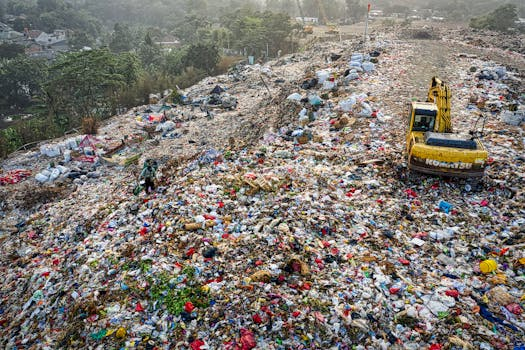The Lifecycle of a Car: Environmental Impact from Factory to Junkyard
When we think of cars, we often associate them with freedom and convenience. We rely on them to take us to work, school, and various destinations. However, have you ever wondered about the journey a car goes through before reaching your driveway? From the assembly line to the junkyard, a car’s lifecycle has a significant impact on the environment. In this article, we will explore the various stages of a car’s life and the environmental consequences that come with it.
The Production Process
The first stage in a car’s lifecycle is its production in a factory. The production process includes the extraction, transportation, and refining of raw materials such as steel, aluminum, rubber, and plastic. These materials require a significant amount of energy and resources to produce, resulting in air and water pollution as well as greenhouse gas emissions. For example, the production of steel alone emits about two tons of carbon dioxide for every ton of steel produced.
The Assembly Line
After the production of the car’s components, they are then brought to the assembly line, where they are put together to create a functioning vehicle. The assembly line consumes a considerable amount of energy and produces a significant amount of waste. According to a study by the World Green Building Council, the automotive industry is responsible for 12% of global waste generated annually. Moreover, the assembly process requires a lot of water, which leads to increased water usage and potential water pollution.
The Use Phase
The use phase of a car’s lifecycle is when it is driven on the roads. Cars emit carbon dioxide and other harmful pollutants that contribute to air pollution, smog, and climate change. According to the Environmental Protection Agency (EPA), a typical passenger car emits about 4.6 metric tons of carbon dioxide per year. In addition to greenhouse gas emissions, cars also contribute to noise pollution and the destruction of natural habitats as roads are built to accommodate them.
Maintenance and Repairs
Throughout its life, a car requires regular maintenance and repairs to keep it running. This process involves the use of more energy and resources, as well as the emission of more pollutants. For example, the disposal of used motor oil from oil changes can contaminate soil and water sources if not properly disposed of. Additionally, the production of car parts and supplies for repairs contribute to the environmental impact as well.
The End of the Road: The Junkyard
At the end of its useful life, a car is sent to a junkyard, where it is dismantled and recycled. However, the recycling process is not entirely eco-friendly. The recycling process requires energy and resources, and it produces hazardous waste. The remaining parts of the car, such as tires and batteries, can also pose a threat to the environment if not disposed of properly.
Is There a Solution?
The lifecycle of a car has a considerable impact on the environment. However, there are steps that can be taken to reduce this impact. One solution is to invest in more sustainable and energy-efficient production methods in the automotive industry. Another solution is to increase the use of electric and hybrid cars, which produce fewer emissions than traditional gasoline cars. Additionally, regular maintenance and proper disposal of car parts can also significantly reduce the environmental impact of cars.
In Conclusion
The lifecycle of a car has a significant impact on the environment. From the production process to the use of the car and its ultimate disposal, cars contribute to air and water pollution, waste generation, and greenhouse gas emissions. By making sustainable choices, both as consumers and manufacturers, we can mitigate the environmental impact of cars and create a more sustainable future.










